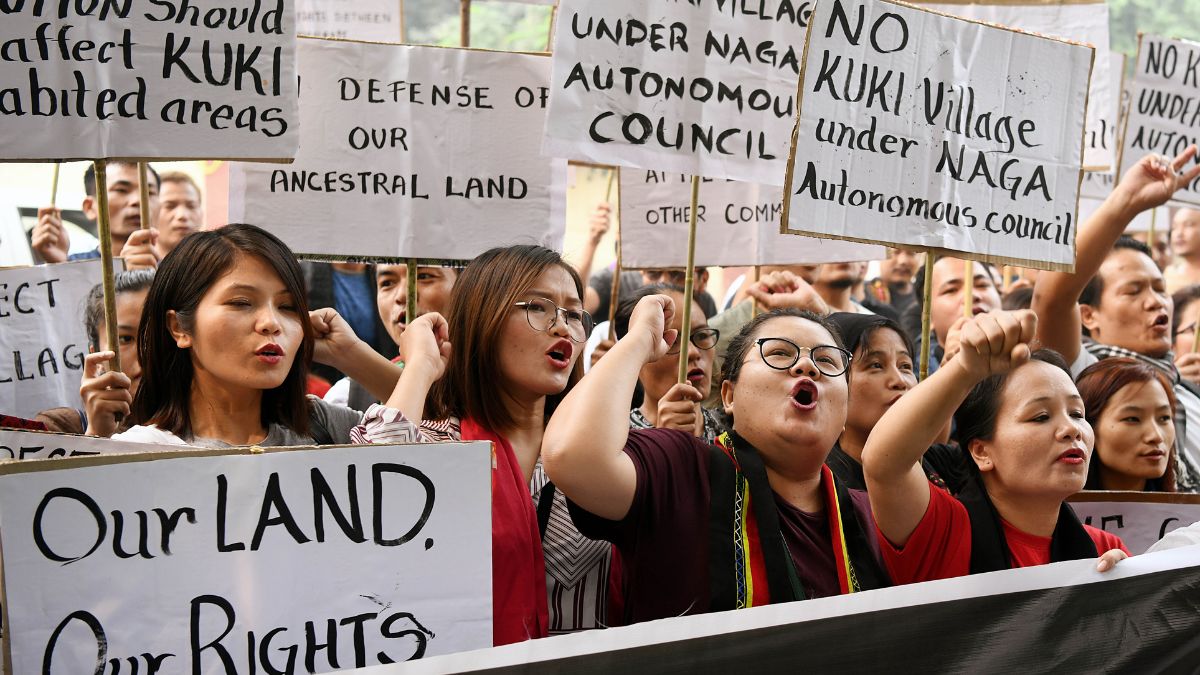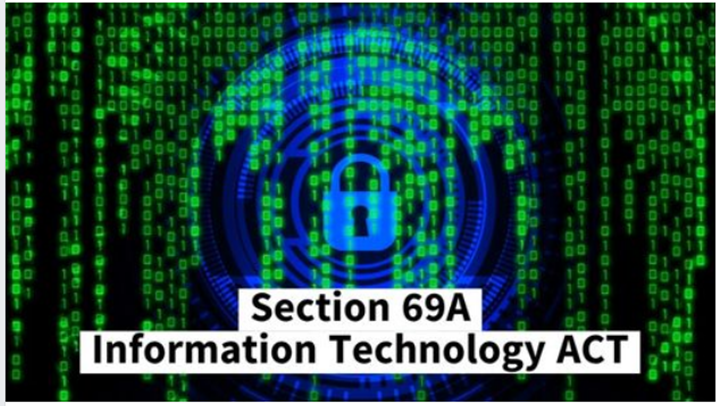Centre Directs Twitter: Take Down Manipur Video under Section 69A

Centre Directs Twitter: Take Down Manipur Video under Section 69A
The Indian government has issued a directive to Twitter and other social media platforms to remove the video showing the disturbing incident of two Manipuri women being paraded naked by a mob. The video has sparked outrage and raised serious concerns about the circulation of such offensive and harmful content on online platforms.
The government’s request to take down the video aims to prevent its further dissemination and protect the dignity and privacy of the victims involved in the incident. This action is part of the government’s efforts to address the misuse of social media platforms and ensure responsible content moderation to prevent the spread of offensive and harmful material.

As per Twitter’s policy and in compliance with the Indian government’s demand, the social media platform has taken action to withhold certain tweets that contained the video of the two Manipuri women being paraded naked by a mob. The tweets are no longer accessible within India, as per the legal requirements set forth by the government.
This measure is part of Twitter’s effort to adhere to local laws and regulations while managing content on its platform. By withholding the tweets, Twitter aims to address the concerns raised by the government regarding the circulation of offensive and harmful content, while also respecting the country’s legal framework for content moderation.
According to a senior government official, the request to take down the video of the two Manipuri women being paraded naked was made to social media companies due to concerns about its potential to exacerbate the law and order situation in the state. The video’s circulation on social media platforms has raised fears of incitement to violence or unrest, and therefore, the government sought its removal to prevent any potential escalation of tensions and maintain public order.
By proactively addressing such content, the authorities aim to safeguard peace and stability in the region and prevent any negative consequences that could arise from the video’s dissemination.

The Centre indeed has powers under Section 69A of the Information Technology Act, 2000, to issue content takedown orders to social media companies. Section 69A empowers the government to order the blocking or removal of online content that it considers to be against the sovereignty and integrity of India, the defense of the country, the security of the state, friendly relations with foreign countries, or public order.
What is Section 69A of the IT Act?
Section 69A of the Information Technology Act, 2000, provides the government with the authority to block or take down online content that is considered a threat to India’s national security, sovereignty, public order, or friendly relations with foreign states. The section empowers the government to issue content-blocking orders to intermediaries if they are satisfied that such action is necessary and expedient for the reasons mentioned in the law.
Furthermore, under this section, the government can direct any agency to intercept, monitor, or decrypt any information generated, transmitted, received, or stored in any computer resource if it is deemed essential for reasons mentioned in the law, such as the investigation of offenses or threats to national security. This section gives the government significant powers to control and regulate online content in the interest of public safety and national security.

When the government issues content-blocking orders under Section 69A of the IT Act, the requests and directions are sent to a Review Committee for examination. This committee is composed of high-ranking officials from various government departments and agencies. The Review Committee reviews the government’s requests and determines whether the blocking orders are justified and comply with the provisions of the law.
The decisions and proceedings of the Review Committee are confidential to ensure the integrity and effectiveness of the content-blocking process. This confidentiality is aimed at preventing any potential interference or obstruction in national security matters and maintaining the privacy and security of sensitive information involved in the process.
Indeed, the Supreme Court of India delivered a landmark judgment in the case of ‘Shreya Singhal vs Union of India’ in 2015. In this judgment, the court struck down Section 66A of the Information Technology Act, 2000, deeming it unconstitutional. Section 66A was a controversial provision that entailed punishment for sending offensive messages through communication services and was widely criticized for its potential misuse and infringement on freedom of speech and expression.

However, the court upheld the validity of Section 69A of the Information Technology Act, 2000, which allows the government to issue content-blocking orders to online intermediaries for reasons of national security, sovereignty, public order, and other specified grounds. This provision was challenged in the case, but the Supreme Court held it to be “constitutionally valid.”
By striking down Section 66A and upholding Section 69A, the court aimed to strike a balance between protecting citizens’ fundamental right to freedom of speech and expression while allowing the government the necessary powers to safeguard national security and public order in the digital age.
In July last year, Twitter approached the Karnataka High Court to challenge the content-blocking orders issued by the Ministry of Electronics and Information Technology (MeitY) under Section 69A of the Information Technology Act, 2000. The content-blocking orders required Twitter to remove certain content that the government deemed to violate the specified grounds, such as national security, public order, etc.
The Ministry of Electronics and Information Technology had sent these orders to Twitter and other social media platforms, directing them to comply with the takedown requests, failing which they risked losing the safe harbor protection provided to intermediaries under the IT Act. The safe harbor protection grants legal immunity to online platforms for user-generated content posted on their platforms.

Twitter’s challenge in the Karnataka High Court was related to the legality and scope of the content-blocking orders issued by the government and the potential implications for the company’s safe harbor protection. The case brought attention to the complexities and challenges faced by social media companies in balancing the demands of the government and preserving users’ freedom of expression and privacy rights.




